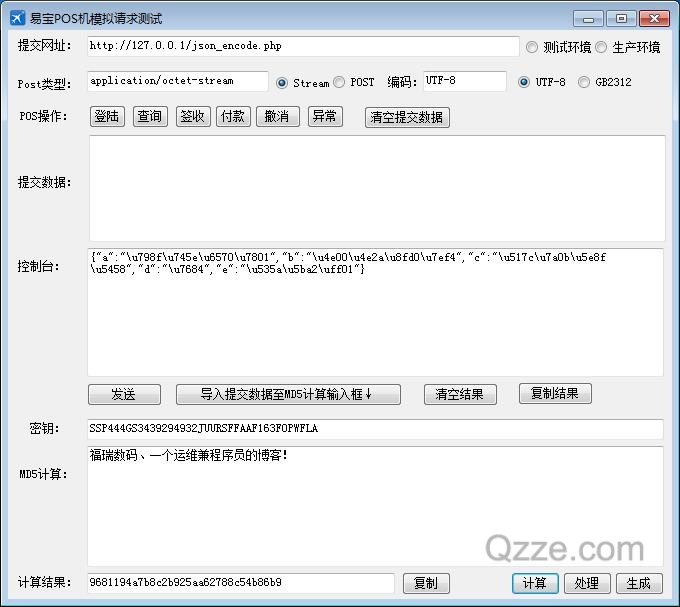- 安装环境(centos7)
centos 3.10.0-957.1.3.el7.x86_64
- 安装nginx所需要的依赖库
yum -y install gcc-c++ zlib-devel openssl-devel pcre-devel- 下载nginx源码并解压然后进入解压目录.(源码去官网下载, 以下是官方链接)
wget -c http://nginx.org/download/nginx-1.15.8.tar.gz
tar -zxvf nginx-1.15.8.tar.gz
cd nginx-1.15.8- 建立nginx用户及用户组
groupadd -r nginx
useradd -s /sbin/nologin -g nginx -r nginx- 配置安装环境
./configure --user=nginx --group=nginx --prefix=/usr/local/nginx --with-http_addition_module --with-http_flv_module --with-http_gzip_static_module --with-http_realip_module --with-http_ssl_module --with-http_stub_status_module --with-http_sub_module --with-http_dav_module --with-http_v2_module
#注:这里--with开头的选项为nginx自带的模块,需要什么就添加,默认是不安装,- 编译安装
make && make install- 启动nginx
/usr/local/nginx/sbin/nginx- 修改nginx.conf配置文件
vi /usr/local/nginx/conf/nginx.conf
#user nobody; #把前面的#号去掉,把nobody修改为上面建立的用户名:nginx
worker_processes 1;#cpu几个线程,一般修改为几。
#error_log logs/error.log; #去掉前面#,开启错误日志
#error_log logs/error.log notice;
#error_log logs/error.log info;
#pid logs/nginx.pid;
events {
worker_connections 1024;
}
http {
include mime.types;
default_type application/octet-stream;
#log_format main '$remote_addr - $remote_user [$time_local] "$request" '#开启日志,去掉#号
# '$status $body_bytes_sent "$http_referer" '#开启日志功能,去掉#号
# '"$http_user_agent" "$http_x_forwarded_for"';#开启日志功能,去掉#号
#access_log logs/access.log main;#去掉前#号,开启日志
sendfile on;
#tcp_nopush on;
#keepalive_timeout 0;
keepalive_timeout 65;
#gzip on;
#开启nginx的gzip压缩
#gzip配置开始
gzip on;
gzip_min_length 1k;
gzip_buffers 4 16k;
gzip_http_version 1.0;
gzip_comp_level 3;
gzip_types text/plain application/x-javascript text/css application/xml text/javascript application/x-httpd-php image/jpeg image/gif image/png;
gzip_vary on;
#gzip配置结束
server {
listen 80;
server_name localhost;
#charset koi8-r;
#access_log logs/host.access.log main;
location / {
root html;
index index.html index.htm;
}
#error_page 404 /404.html;
# redirect server error pages to the static page /50x.html
#
error_page 500 502 503 504 /50x.html;
location = /50x.html {
root html;
}
# proxy the PHP scripts to Apache listening on 127.0.0.1:80
#
#location ~ \.php$ {
# proxy_pass http://127.0.0.1;
#}
# pass the PHP scripts to FastCGI server listening on 127.0.0.1:9000
#
#location ~ \.php$ {
# root html;
# fastcgi_pass 127.0.0.1:9000;
# fastcgi_index index.php;
# fastcgi_param SCRIPT_FILENAME /scripts$fastcgi_script_name;
# include fastcgi_params;
#}
# deny access to .htaccess files, if Apache's document root
# concurs with nginx's one
#
#location ~ /\.ht {
# deny all;
#}
}
# another virtual host using mix of IP-, name-, and port-based configuration
#
#server {
# listen 8000;
# listen somename:8080;
# server_name somename alias another.alias;
# location / {
# root html;
# index index.html index.htm;
# }
#}
# HTTPS server
#
#server {
# listen 443 ssl;
# server_name localhost;
# ssl_certificate cert.pem;
# ssl_certificate_key cert.key;
# ssl_session_cache shared:SSL:1m;
# ssl_session_timeout 5m;
# ssl_ciphers HIGH:!aNULL:!MD5;
# ssl_prefer_server_ciphers on;
# location / {
# root html;
# index index.html index.htm;
# }
#}
}- 重新加载nginx.conf配置文件
/usr/local/nginx/sbin/nginx -s reload- nginx添加开机启动
chmod +x /etc/rc.d/rc.local #给予执行权限
echo "/usr/local/nginx/sbin/nginx" >>/etc/rc.local #设置开机启动- 检查nginx启动是否正常,我这里CPU是双线程,所以有二个工作线程
[root@localhost ~]# ps ax | grep nginx
3396 ? Ss 0:00 nginx: master process /usr/local/nginx/sbin/nginx
13657 ? S 0:10 nginx: worker process
13658 ? S 0:11 nginx: worker process
16189 pts/0 S+ 0:00 grep --color=auto nginx启动后,我们输入服务器的公网IP,就可以正常打开nginx的默认欢迎页面,若是启动正常了,就是网站打不开,那就看下防火墙( firewalld )是否开启了80端口或是http服务
 爱编程
爱编程




















最新评论
感谢
能不能屏蔽掉刷流量的,统计工具显示全部都是
路过学习了
好像不太行啊 加载不出来啊
好文章
是否可以 实现 判断手机端跳转 而网址不变呢
你好
感谢分享,我也遇到这个了,根据你的提示,屏蔽掉了